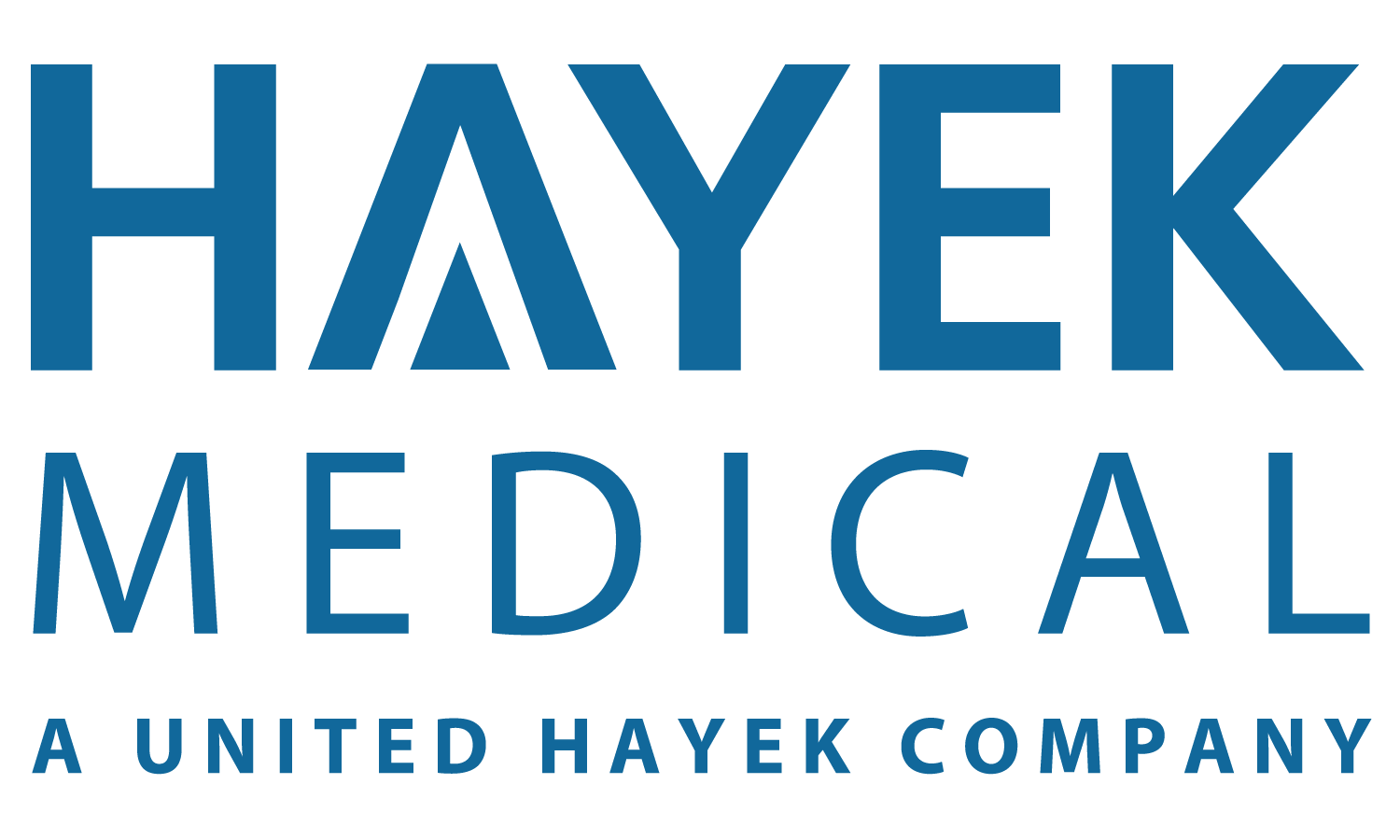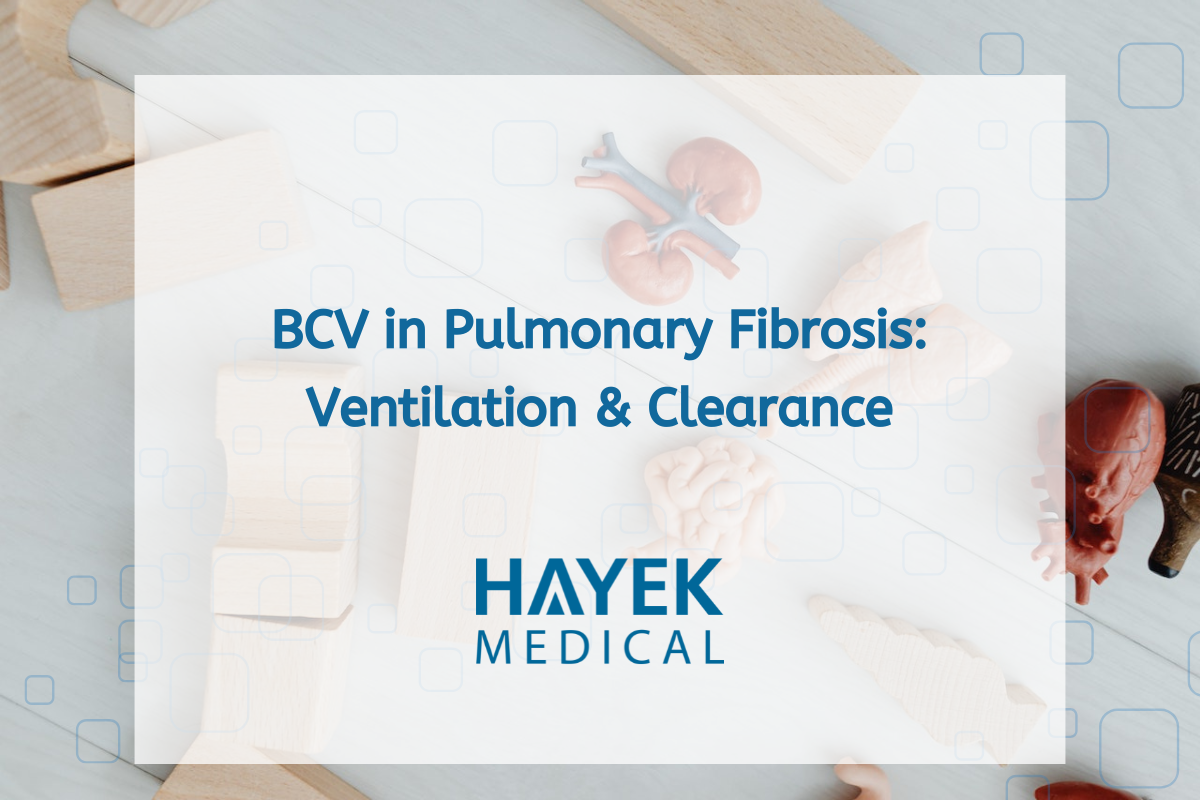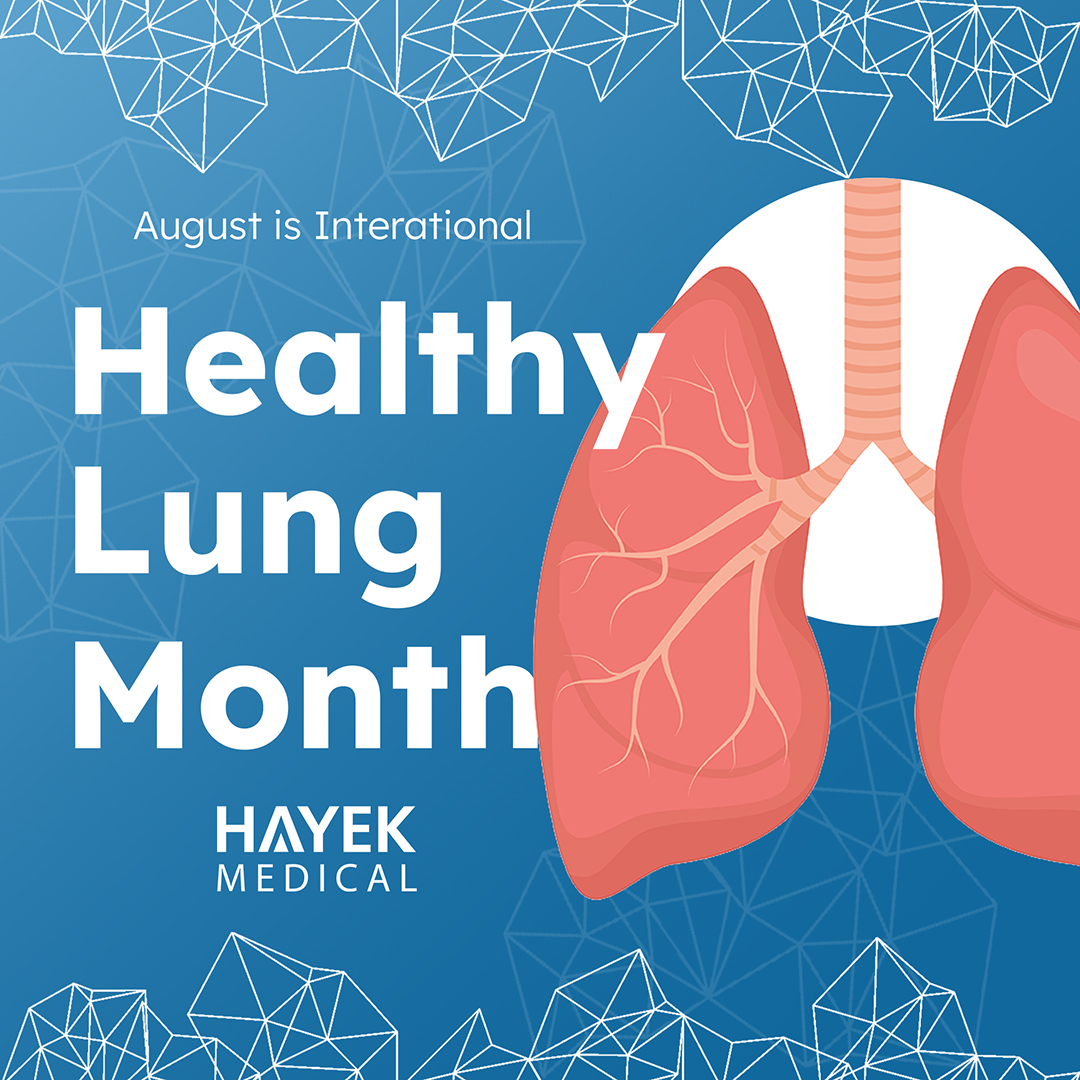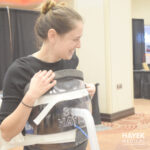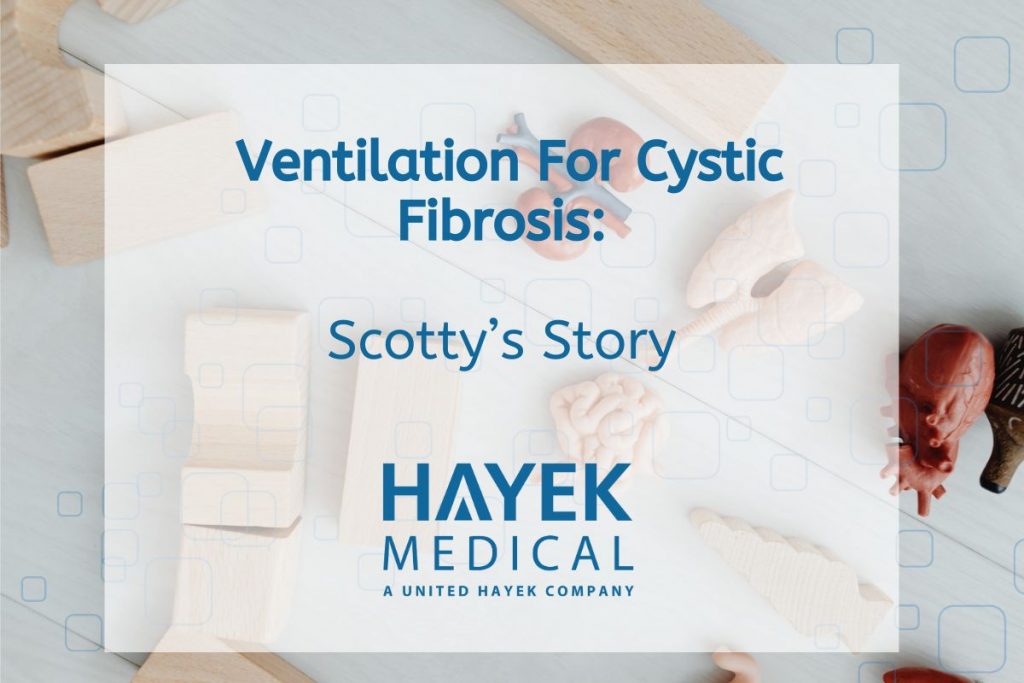
Biphasic Cuirass Ventilation for Cystic Fibrosis is a proven treatment to help recruit lungs, clear secretions, and help patients eat, speak and sleep more normally, while receiving the care they require. Below is the story of Scotty, an 8-year old diagnosed with Cystic Fibrosis, waiting for a new lung.
Scotty’s Intro to Biphasic Cuirass Ventilation (BCV)
Eight year old Scotty’s life had always been a matter of overcoming challenges. Diagnosed with Cystic Fibrosis shortly after birth. Scotty lungs had become severely packed with secretions due to his condition, and he had been placed in ICU. One of his lungs was hyperinflated and the other was very poorly aerated. Scotty was started on Nasal- Positive Pressure Ventilation (NIPPV), via mask interface around the clock. He was rapidly losing weight due to his not being able to eat, as when the mask came off he became very short of breath and had to put it back on. Despite being accepted as a candidate for a lung transplant, Scotty needed to be stabilized enough to move from the hospital where he had originally been admitted to a transplant center.
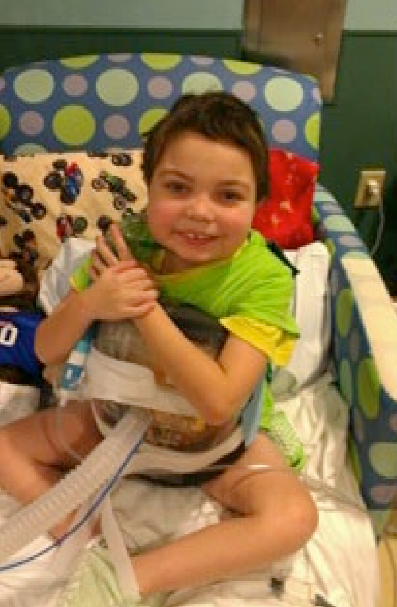
Treating Cystic Fibrosis With BCV
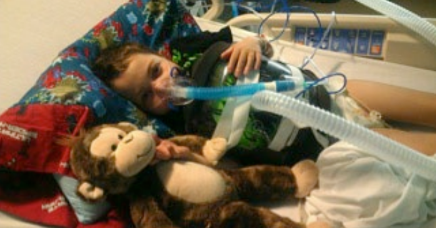
BCV was Administered to Scotty due to the NIPPV treatment he was receiving seemingly only being able to expand the already functional lung, leaving the troubled lung uninflated. It was hoped that the negative pressure mechanism of BCV would expand the atelectatic lung, as well as allowing Scotty to eat and speak while supported. It was also hoped that BCV would provide assistance to his cough efforts allowing for his lungs to clear of secretions. Some of the staff were uncertain that BCV would work. One of his doctors was heard to remark that he would not make it to the transplant center, that he was just too unstable, with or without the cuirass. At first, he was a little scared, but once he got started and began to feel the difference in having an opened lung, free of secretions, his mood changed.
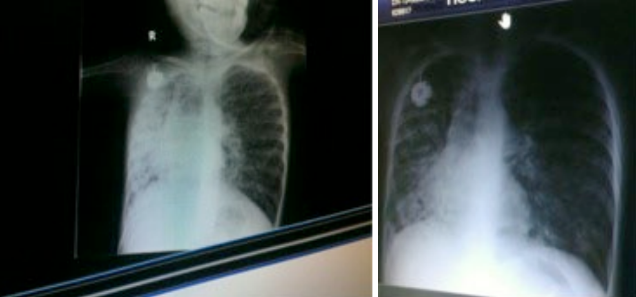
Right: Scotty’s Chest X-Ray after using BCV For a night.
Eat, Drink, And Sleep With Cystic Fibrosis
He was asked if he wanted to take the cuirass off to eat and he adamantly declined. On the tray was a large plate of one of Scotty’s favorites, macaroni and cheese. While the cuirass ventilator cycled away on
Scotty’s chest he ate the first real meal he had had in days and consumed the full plate of mac n cheese. Something as simple as enjoying a meal, which had been out of reach for Scotty as his treatment progressed, was finally in reach. Within a week, Scotty’s improvement became more and more apparent. His atelectic lung had opened, and the secretions that smothered him cleared. After a month on BCV he was able to get along by using BCV part time only most of the day rather than continuously, while continuing to use BCV for his secretion clearance sessions. By this point his nutritional status had also improved, and he had experienced significant weight gain.
A little over eight weeks after starting on the cuirass, Scotty was safely moved to the transplant center where he continued to use BCV while awaiting his new lungs. More studies on the benefits of BCV are coming to the medical literature all the time. This presents the stories behind the studies from a different perspective, that of those benefiting from this most natural form of pulmonary support. These patients, caregivers and patient’s families will attest to why they say “BCV, it’s just better.”
